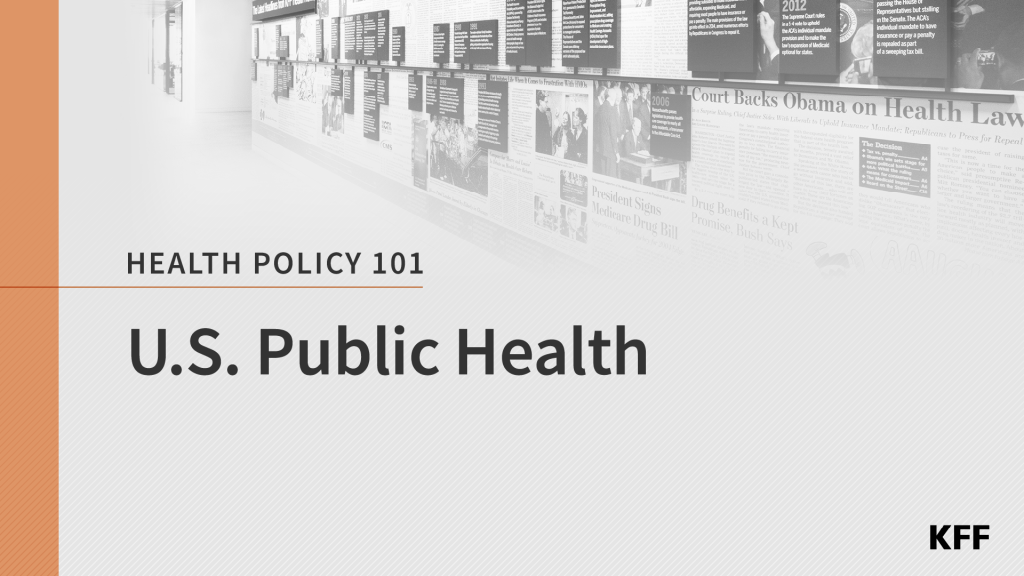CDC Vaccine Panel Ends Universal Hepatitis B Recommendation and Reviews Aluminum in Vaccines, Plus Public Awareness of Mifepristone Safety — The Monitor
This volume shares updates from the most recent CDC advisory panel meeting, changes to the CDC webpage on autism and vaccines, and polling on trust in news organizations. Additionally, it shares recent developments in AI and social media policy and new KFF poll findings about perceptions of mifepristone’s safety and prevalence.
